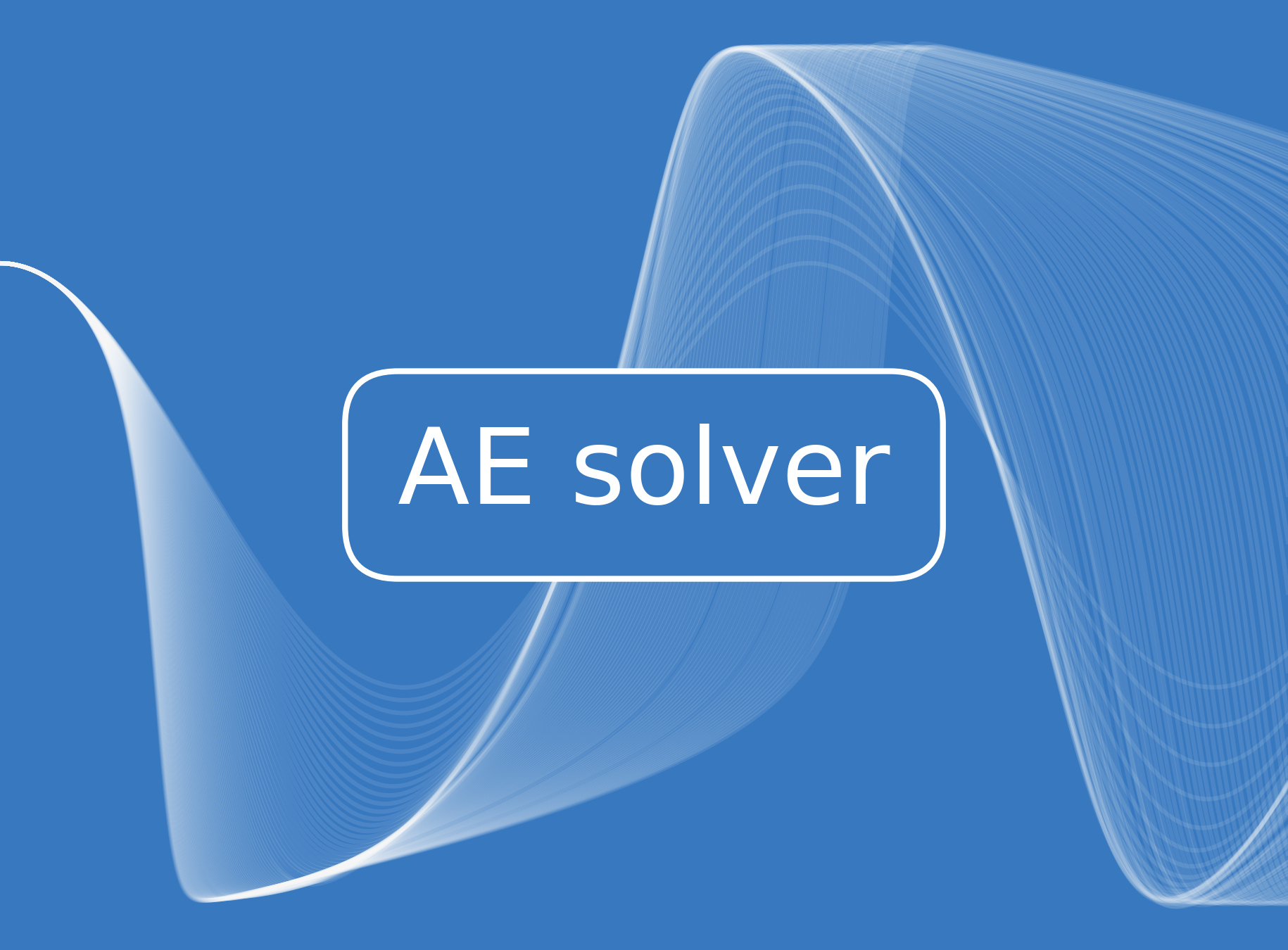Non-linear Coupling of Oscillation Modes
Non-linear Resonant Coupling & Modeling potential
Asteroseismic analyses of variable stars are mostly performed in a linear setting (see e.g., Aerts 2021), in which mode frequencies/periods and their patterns are the primary observables to constrain stellar structure and evolution models. Mode amplitude predictions cannot be made within a linear framework. The combination frequencies that are frequently detected when generating mode frequencies lists with harmonic analyses also cannot be accomodated within such a linear framework. The presence of some of these combination frequencies can be explained by non-linear mode coupling/energy exchange processes among the oscillation modes. Strongest among the possible non-linear couplings are the resonant couplings.
We therefore examined how the lowest-order (three-mode) non-linear resonant couplings implicate that amplitude equations can be used to predict mode amplitudes, which could subsequently be compared to the observed variability amplitudes. In Van Beeck et al. 2024 we showed that the ratios of stationary amplitudes of 3 resonantly interacting modes could aid future (non-linear) asteroseismic modeling, serving as a constraint additional to the (linear) pulsation frequencies/periods.
Non-stationary amplitudes could be simulated using the amplitude equations derived in our framework. Higher-order coupling networks and inter-mode coupling (e.g., coupling between rossby and gravity modes) should be explored in the future to assess the effect self-saturation will have. Wave-driven angular momentum transport is also affected by non-linear mode coupling, which we have not yet considered in our current models. There’s plenty of work left to do!


Relevant Publications & Software
Software
Check out the AESolver computational framework that we developed for the purpose of simulating (resonant) non-linear mode three-mode coupling in rotating stars. A succinct description of this software suite is given on the relevant software page.
The framework we developed currently only considers 1-dimensional (MESA) stellar structure models as input. Any improvements in the description of opacity in the stellar interior will affect linear excitation properties of oscillation modes, which also is translated in the non-linear coupling properties and corresponding transport of angular momentum. Multi-dimensional magneto-hydrodynamic (or hydrodynamic) simulations of the stellar interior could therefore be very beneficial in proving that our coupling results hold for more intricate stellar structures (and different opacity profiles). It is my goal to adapt the AESolver software suite to use such simulation input to validate (or disprove) our conclusions.

Publications
Van Beeck J., Van Hoolst T., Aerts C., Fuller J.; Non-linear three-mode coupling of gravity modes in rotating slowly pulsating B stars. Stationary solutions and modeling potential. July 2024, Astronomy & Astrophysics, Vol. 687, A265. HTML PDF
